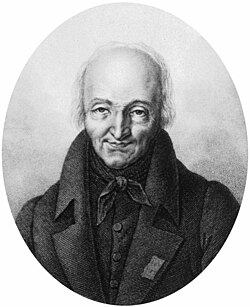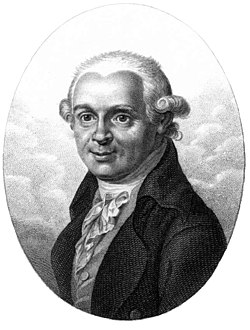
The following is a list of notable mineralogists and other people who made notable contributions to mineralogy. Included are winners of major mineralogy awards such as the Dana Medal and the Roebling Medal. Mineralogy is a subject of geology specializing in the scientific study of chemistry, crystal structure, and physical (including optical) properties of minerals and mineralized artifacts.











